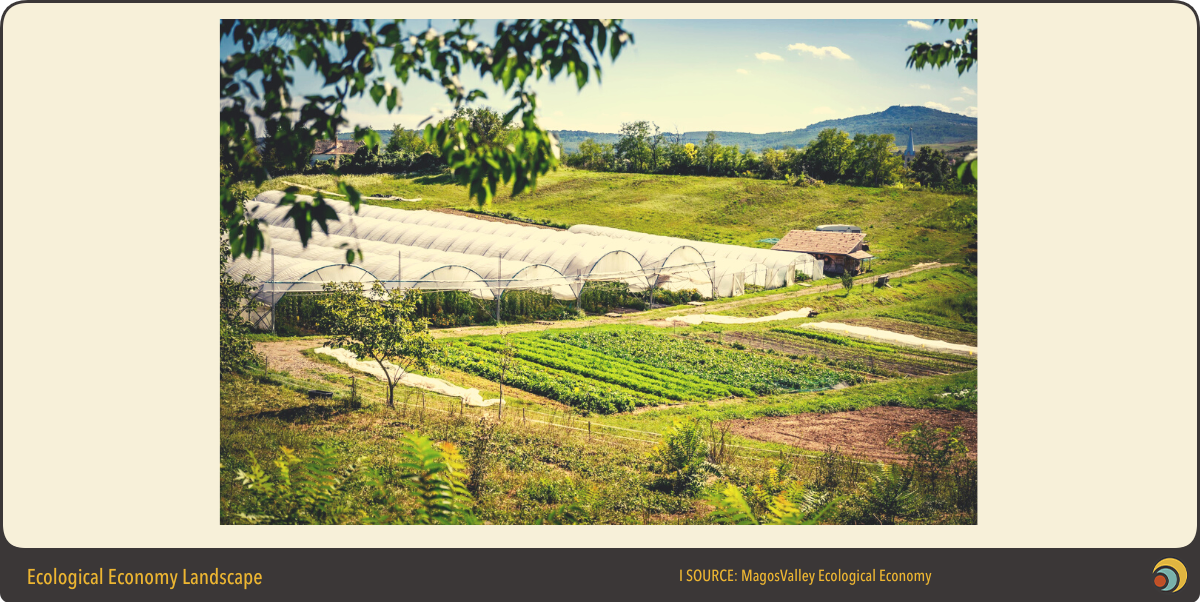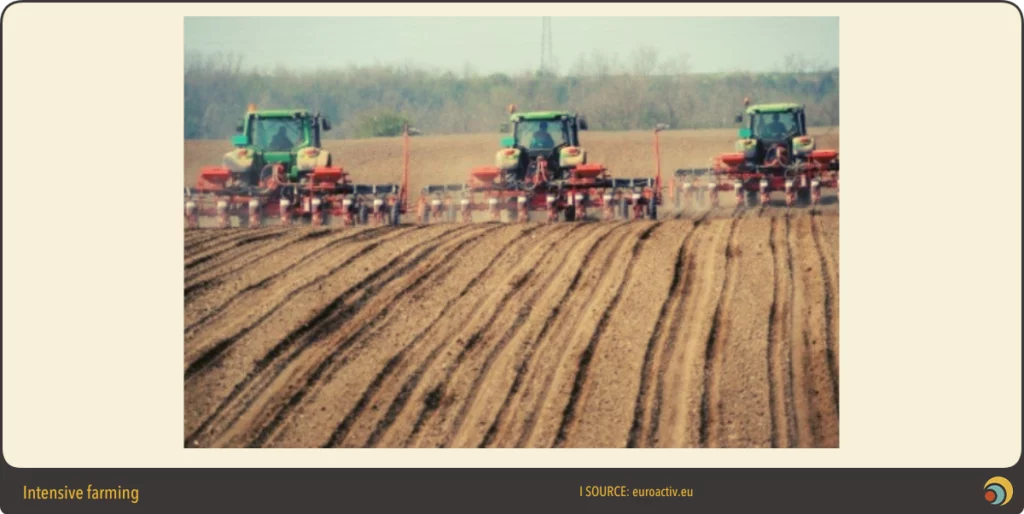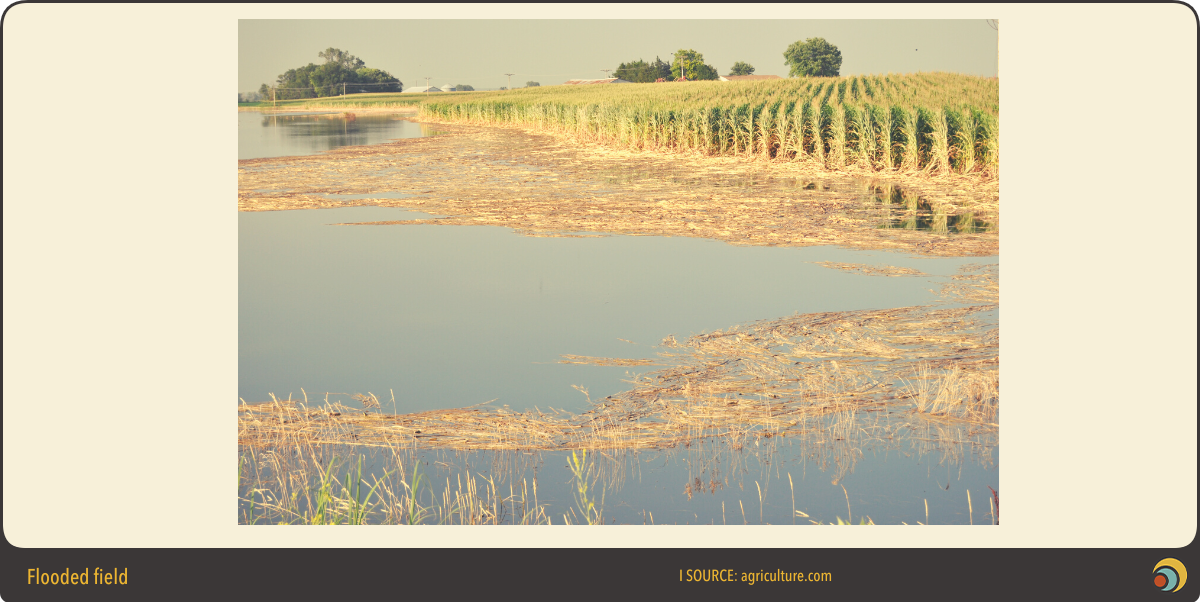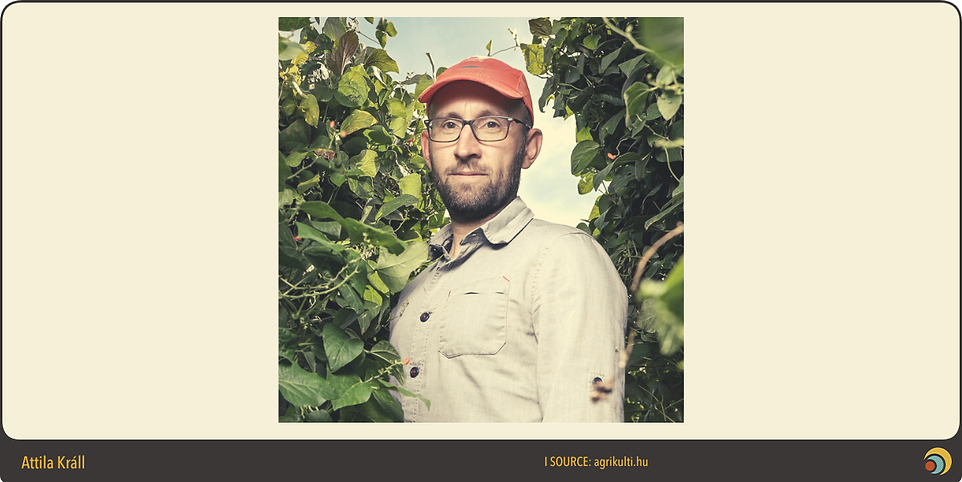The new Common Agricultural Policy (CAP) of the European Union for the period 2023-2027 offers an opportunity to make agriculture greener, more fair, more sustainable and more result-oriented – this opportunity is turned into practice in the member states through national legislations, following the common EU directives. What are the regulatory and support instruments and to what extent does the new policy make it worthwhile for farmers to “produce biodiversity” instead of continuing to degrade it? What do these concepts mean, why is agriculture important in tackling the ecological crisis and how do nature-based solutions come into play? We investigated this topic by zooming on the new CAP Strategic Plan of Hungary, seeking to find an answer to the question: to which extent the EU-level minimum expectations push countries towards game-changing sustainable agricultural practices. Our partner in crime on the quest was Mr Attila Králl, colleague of BirdLife Hungary and a devoted advocate in the national policy discussions.

As part of the European Green Deal for a green and sustainable future, the European Union’s new Biodiversity Strategy aims to put biodiversity on the road to recovery by 2030, thus contributing to increase resilience against the negative impacts of climate change. Agriculture is an inescapable factor in this respect: it is currently the sector that is the main destroyer of biodiversity on the planet. Moreover, increasingly intensive agriculture has significantly degraded soils in recent decades: according to the FAO, more than 25% of arable land has been significantly degraded, while more and more people need to feed themselves. Can agro-ecological and nature-based solutions bring a breakthrough in agriculture?
BURST: Why is the Common Agricultural Policy important in the context of biodiversity and nature protection?
Attila Králl: The original purpose of the CAP was and still is to ensure food security in Europe, stabilise the market and guarantee farmers’ financial security, but greening aspects have become more and more prominent in the system over the time. The CAP budget is huge. Its share of the EU budget has fallen from 50% to less than 40% over the years, but in nominal terms it is still much larger than, for example, the Structural Funds. The money it generates is a very large proportion of farmers’ incomes: it was almost 50% in the previous financing period in Hungary. So what CAP provides funding for, has an enormous influence on farmers’ decisions, also in terms of the environmental impact of their activities.
BURST: “The farmer got paid if he left his land uncultivated” – we heard this phrase a lot in the last years. What does it mean in terms of the CAP and what in terms of nature conservation?
AK: This phrase refers to the fortunately growing tendency of having lands with intensive farming, only because the CAP supports it. There are areas where it is indeed desirable to produce food, but there are also areas where the farmer should actually be earning an income to let nature prevail and thus “produce biodiversity”, i.e. provide ecosystem services. In terms of nature conservation, the goal is to prioritise cultivation that is more in line with the environmental conditions of the given area, contributing to the preservation of natural values in areas where these values are present. The system should compensate for the farmer’s lost benefits. Farmers should not be encouraged to produce crops even where it’s not appropriate, and then giving them compensation for their poor yields.
BURST: What is the structure of the CAP Strategy Plan in Hungary?
AK: The CAP has a so-called “green architecture”. The basic level is the compulsory level, where there are requirements that define the basis of farming, such as good stewardship, compliance with legislation – this is the so-called conditionality. In essence, farmers have to meet these criteria in order to qualify for other support, so complying with conditionality doesn’t imply subsidy. Compared to the previous CAP, many of the former voluntary commitments have now been incorporated into the compulsory elements, so there is a higher level of baseline requirements for farmers to meet. There are special environmental protection areas, Natura 2000 areas, which are subject to special requirements and farmers are compensated for complying with them.
Voluntary commitments are possible under the new Agro-Ecological Programme, under which farmers can choose more ecologically friendly farming practices in exchange for compensation. There are also so-called agri-environmental measures. This is a well-known voluntary programme which has been running for four programming periods and has two types: horizontal and zonal. The programme area for the horizontal leg is the whole country: farmers can voluntarily commit to higher environmental performance in farming, grassland, orchards and vineyards in return for payments. The programme area for the zonal leg is composed of specific areas: i.e. the habitat of a specific species or habitat types. These are special programmes, with high payments per hectare, but require considerable extra work and effort on the part of the farmer.
An important change within the CAP is the introduction of elements in the “green architecture” that were not previously available or so prominent. These are so-called non-productive investments, where the farmer specifically implements and maintains measures for nature conservation and ecological purposes, not directly linked to production, which enhance the ecological value of the wider environment of the agricultural area as a habitat. For example, providing space for water retention, planting tree alleys, or having shrub borders left.
BURST: Which of the above new CAP elements will have a more positive impact on nature conservation than before?
AK: Let me give you a practical example: let’s take the case of a large field with an inland water body after heavy rains. What could be done about this situation in the previous period? The farmer had a strong incentive to maintain the method of cultivation, otherwise the subsidy received could decrease, because it was given per hectare of the farmland, and the wet spot was not part of that. Under the new CAP, these areas will also be included in the funding scheme, so the farmer has no disinterest in maintaining these high ecological value landscape elements on the land.
However, measures to promote nature conservation will only be implemented through voluntary commitments, not obligations. In areas where the damage caused by conventional tillage is greater than the hoped-for benefit, and where it is in fact only worthwhile to cultivate the land in this way because of the subsidy system, a system of obligations should be developed in some way, so that conventional tillage is not an option, but that many other forms of cultivation are available instead. We already see some elements of this. However, even today, a farmer can still do regular farming in a Natura 2000 area, in other words in an area of high conservation importance, if he really wants to, because he will receive an area-based subsidy.

Today, we hear more and more about the environmental impact of intensive farming, with its increased use of inputs (pesticides, fertilisers) and significant soil rotation contributing to soil degradation and erosion. Hungary has an area of 9.3 million hectares, of which about 4,1 million hectares are farmlands, of which at least on 1/10 of the area it is unprofitable and environmentally damaging to do intensive farming, in addition to increasing the risk of inland water and drought. The current CAP does not have a set of rules to force land-use change in these areas – though it would be badly needed! At the same time, the Agro-ecological Programme and the Agri-environmental Programme also include the abandonment of conventional tillage, but only as a voluntary commitment, not as an obligation.
BURST: Does the term nature-based solution (NBS) appear anywhere in the CAP Strategy Plan in Hungary?
AK: The CAP recognises support for non-productive investments and the conservation of landscapes of high ecological value. Is this considered NBS?
BURST: Nature-based solutions are defined by the International Union for Conservation of Nature as actions to protect, sustainably manage, and restore natural and modified ecosystems that address societal challenges effectively and adaptively, simultaneously benefiting people and nature. So, yes, if the new CAP allows for example the temporary flooding of a wetland field to provide an ecosystem service to its wider environment, then it allows the use of NBSs.
AK: Yes, but there are a number of obstacles to their implementation. For example, if a farmer allows his field to turn into a grassland, he has to have it reclassified by the Land Registry because it is not being used for the designated farming method. This means that the farmer has to go to the Land Registry, it costs money, and (s)he loses half of the property’s value, because an agricultural plot is much more expensive on the market than a grassland area. In other words, legal and administrative barriers are holding farmers back from changing land use – these should also be eased. There are committed farmers who no longer need convincing. But we have to reach the other, larger group somehow, and convince them that you can have less income from this land, but also less money invested.

BURST: Could the consequences of extreme weather events in recent years be a stronger incentive?
AK: Paradoxically, ecological crises help to push the world in this direction, also the funding systems respond to them more efficiently. For example, the surroundings of derelict farm buildings in the middle of the land should or can be preserved in frames of conditionality, and the farmer does not lose subsidy. Preserving hedgerows, scrubby field margins, solitary trees is now possible under the CAP, perhaps these are the most important elements in terms of the application of nature-based solutions. A more mosaic-like agricultural landscape helps to restore biodiversity, and can also provide stability for the farmer against the adverse effects of climate change (e.g. protection against wind).

Attila Králl has been the Head of Nature Conservation Department of BirdLife Hungary between May 2019 and March 2023, and has been working as senior researcher for the AgriKulti company on the sustainable agro-food domain. He has over 15 years of experience in initiating, coordinating, and managing various projects at nature conservation, cultural heritage conservation, and regional development organizations. A unique perspective of issues relating to sustainability and sustainable rural development; recently focusing on the bordering area of nature conservation, agriculture, and gastronomy.
